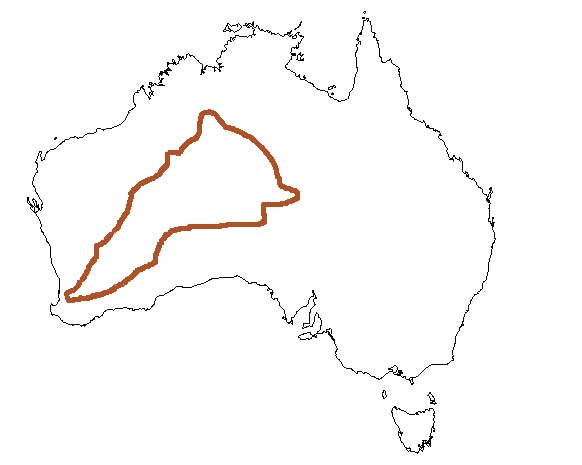DD — the journey
Our photo expedition through the bush was an incomparable experience. Daylong drives on slow tracks, the scouting of sites mapped before, the crossing of the wilderness, learning about vast diversity, experiencing natural beauty. Making camp late for eight, for eating, for photos of nocturnal obscurity. We searched for the starry desert nights, yet the trip went through summer rain, the night’s silken outback light obscured by the unseasonably blanket of cloud. When the weather clears the nocturnal space is amplified by solitude, a silhouetted expanse lingering between domestic feeling dune crests and spherical horizons, the void seemingly untouched by man — an unerring presence of ancient time. The light of the cosmos renders a uniform global panorama. Daylight is shining inwards, nightlight moving outwards; little light denies colour, no light denies space.
DD — the work mode
The camera’s technique sees well in daylight and in darkness. Long exposure times accumulate light, nourished by nature and infinite expanse. As the shutter opens star trails ornament the Big Vessel on the sensor. It monitors the light tracks of very deep space. It registers the smallest features of the foreground’s earthly beauty against the splendour of the background’s cosmic wave. Light projects the smallest detail within the cosmic vacuum.
DD — the photos
We produce twenty nocturnal tableaux, mostly comprising four photos, aligning to the cardinal directions, pivoting 360º horizontally, or 360º vertically. Displayed, the nocturnal tableaux frame the genius loci within the boundless expansion of red dirt, of sandcorn, anthills, spinifex rings and mulga thickets. It is captured in desert oak forests, gums and dunes, mountains and valleys, claypans and plains, it becomes present washed by river beds and burned organic, clouds and waters, skies and planets, sunlights and satellites, shooting-stars, in array, on display — some flecked by drawings or writings, the photos show more than the human eye can see.
DD — the locomotion
We compact the tableaux into a book and a picture travelogue emerges, illustrating the transitions between: immediate and distant, here and there, dark and bright, black and white, red and organic, cold and heat, wet and dry, water and thirst. Even the most fundamental counterparts: breathing in and breathing out. Solitude, wilderness and their robust rhythms received us with maternal care. Grounded on the page, the rhythms of the bush expose their metaphorical power, suggesting lateral thought, creative allegory, and artistic potential. We are made aware of the micro within the macro, the spatial certainty of the foreground set against the unbounded infinity of the background. The appearance of Space changes with the viewpoint, but at night our model of static location turns locomotional, adjusts to recognise a dualism of opposites. Loci also perform like a nomadic limbo of vessels, their sojourn varying in relation to our model of observation. Space is static location plus steady movement.
DD — space or light?
We augment the travelogue with texts, with thoughts less conclusive and universal than the timeless reality that the images portray. More human, more man-made, more personal, we muse about dualities and rhythms for their aesthetic potential, rather than debate by justification or reason. We consider the multi-conditional appearance of space as we travel through the bush. Looking heavenwards we argue: the more vast a space is relative to its boundary, the greater an agent that space will be for the beauty of the whole. We think of light — and similarly about space — as we drop our gaze to an ant-built earth vessel crater. Now we think: the more presence a boundary has relative to its captured void, the more the boundary will be the agent for the beauty of this small space. Space serves the sensual rather than satisfies the scientific curiosity. Space feels, virtually, out back there, when the night’s dim coat lies lightly upon our selves. Then we expand our thoughts to space’s performing agent, light. As the esprit d’ensemble — its unselfish means provides man with warm outlandishness, bends thought, is two in one, is both wave and particle. If we did not come from space-making and light-designing architecture, it is here that this context may become text. Space, as the tandem dualities of bounded and unlimited, particle and wave, presents a spiritual kinship, an evocative interaction that is worth close inspection.

